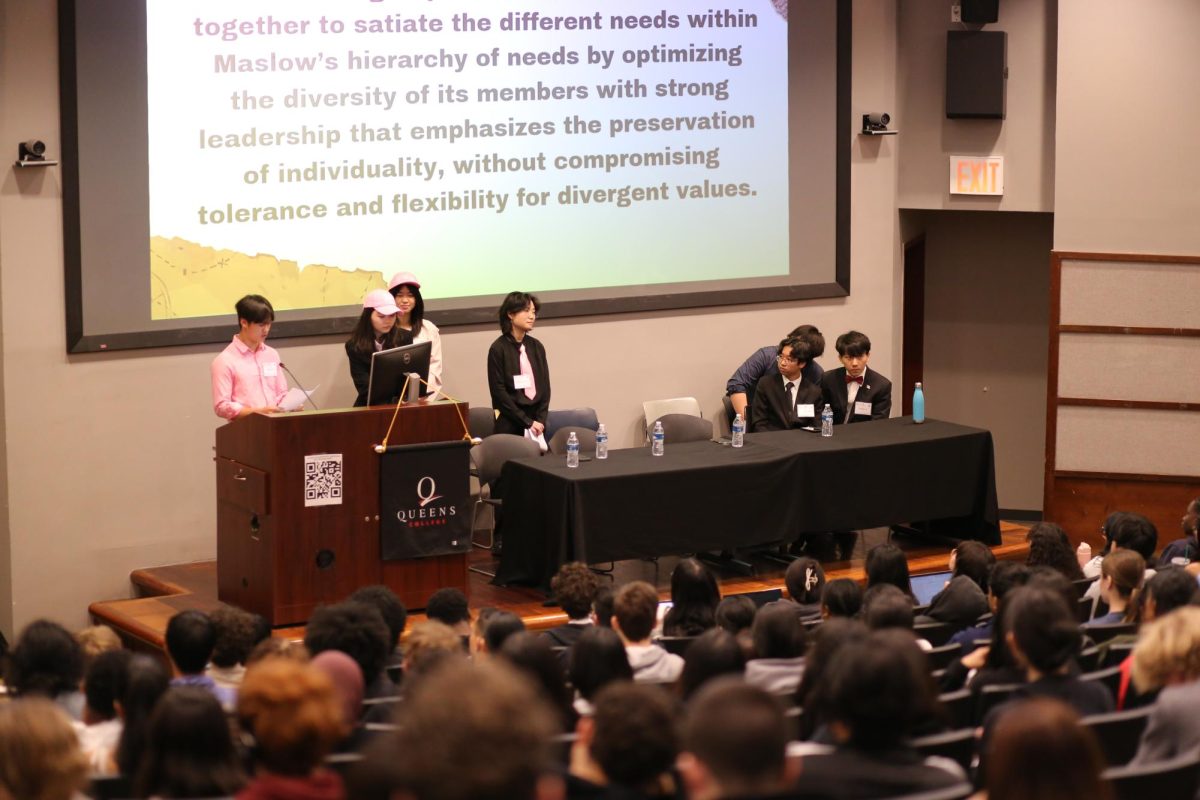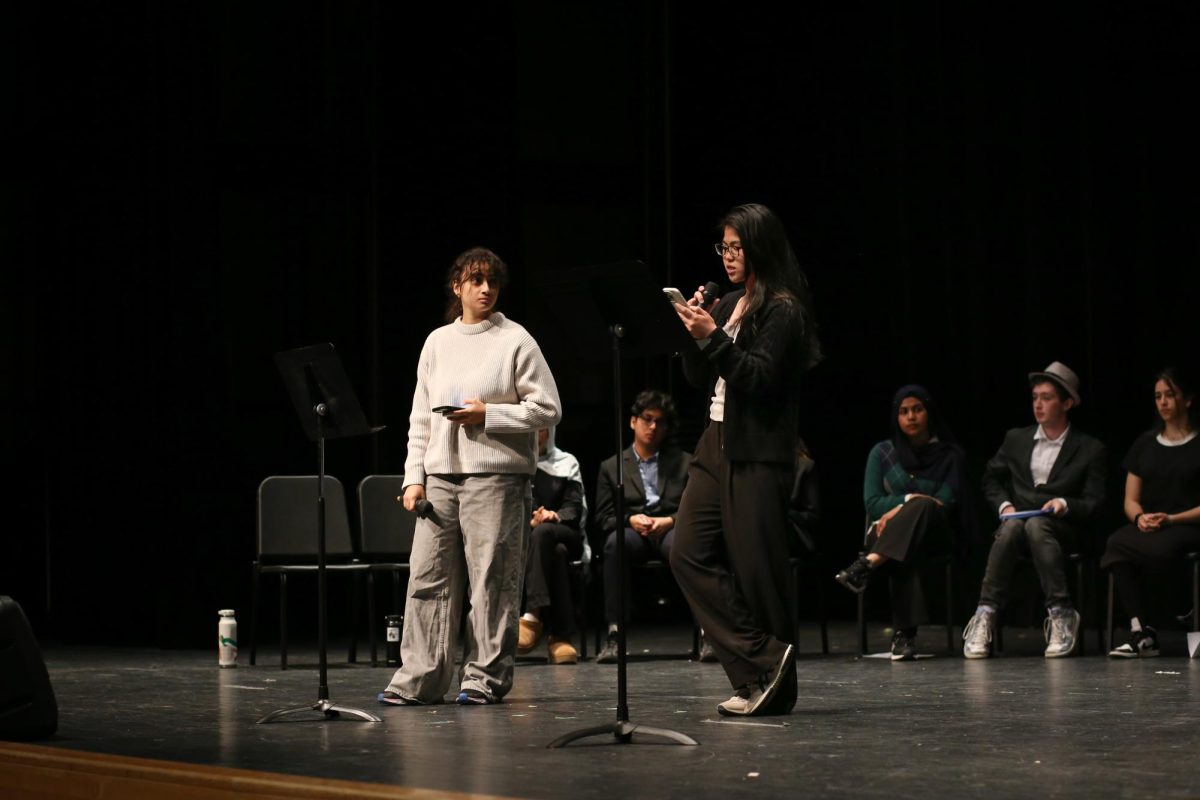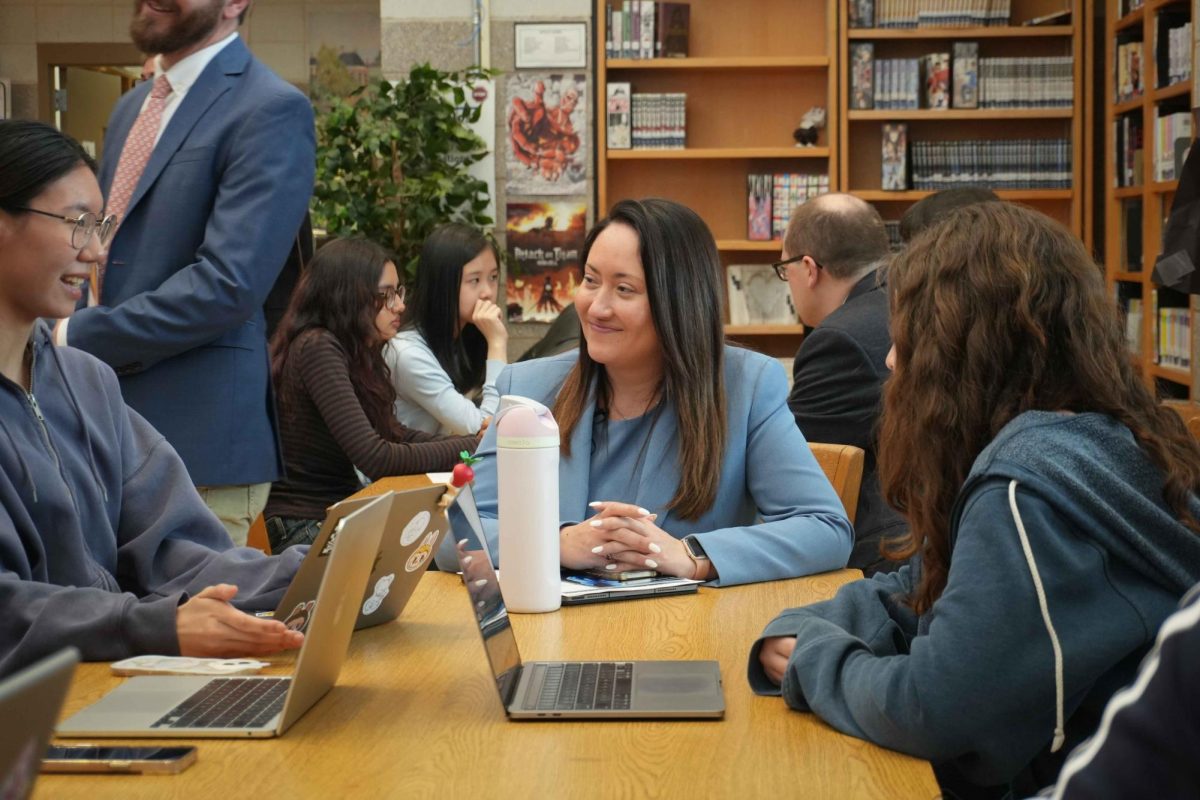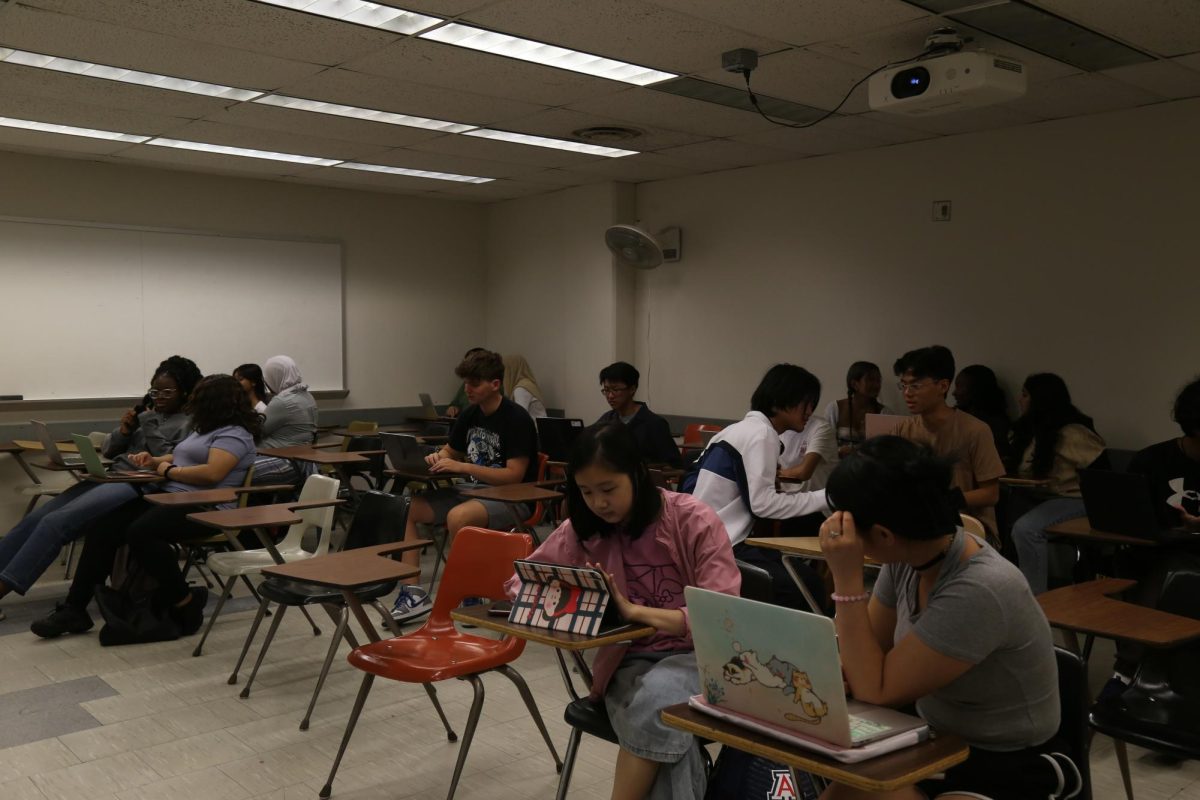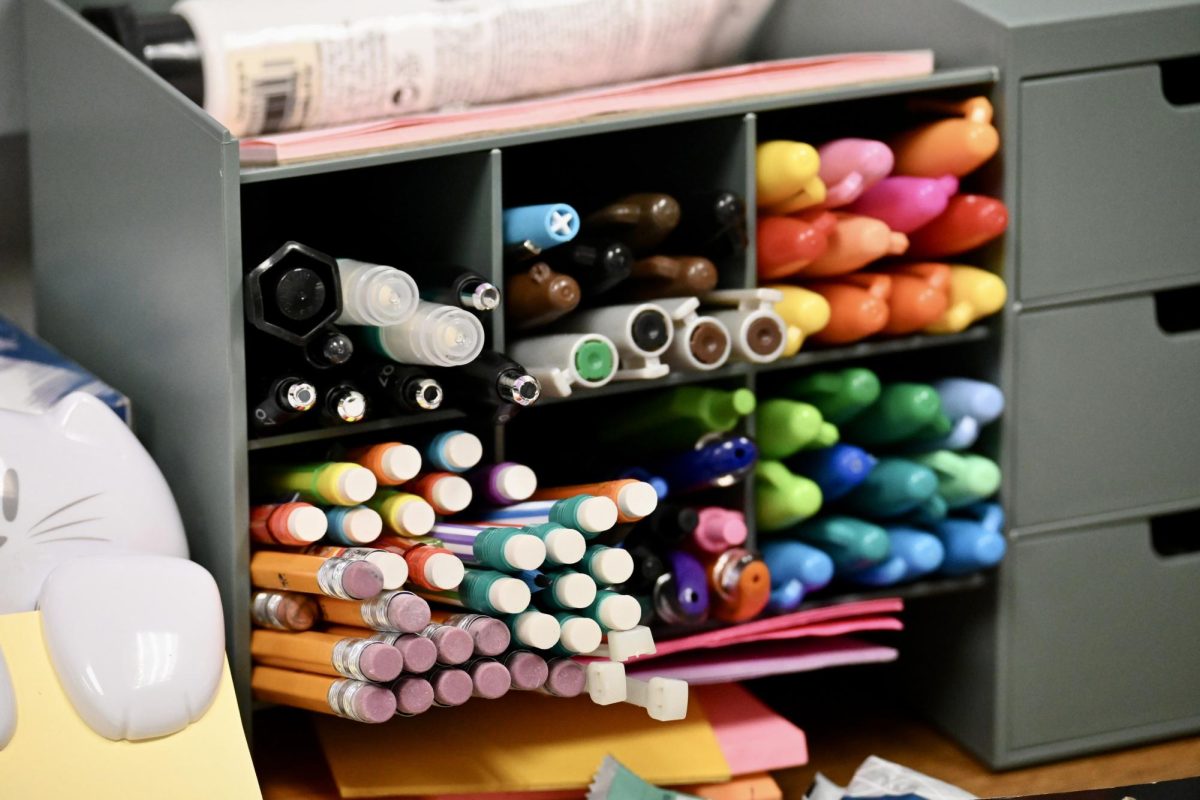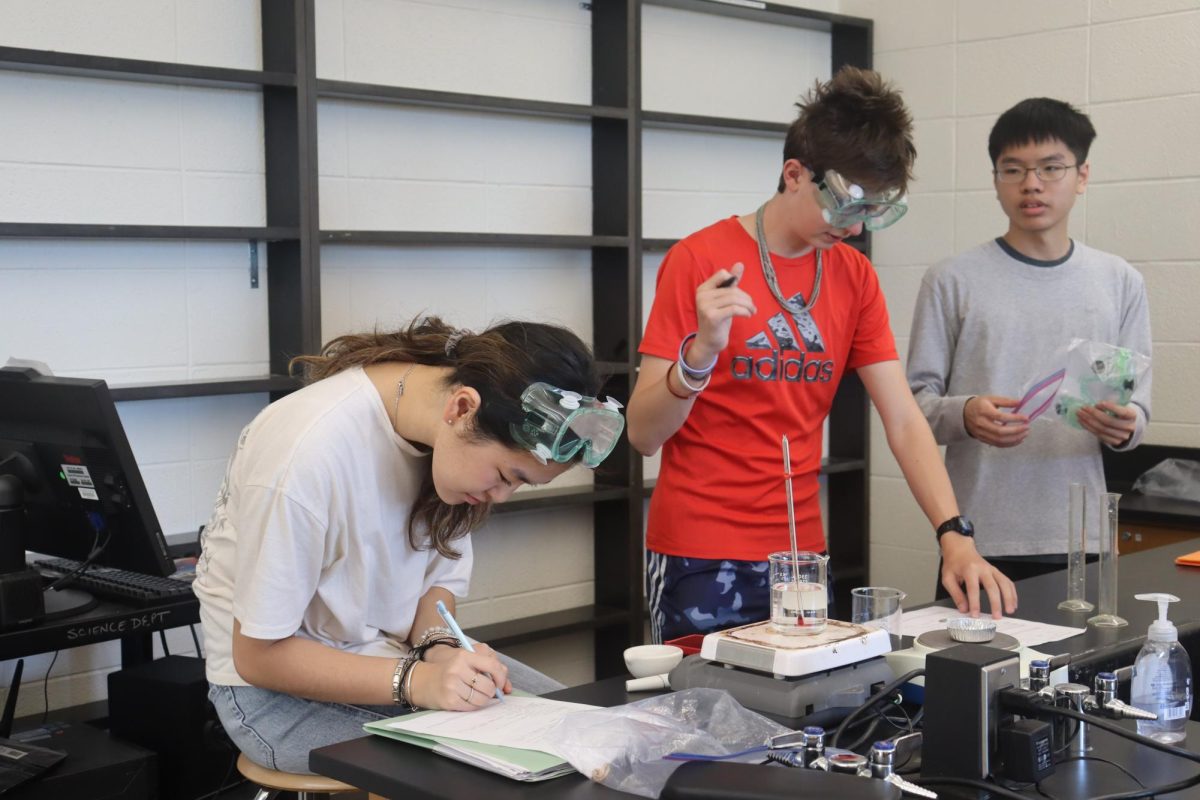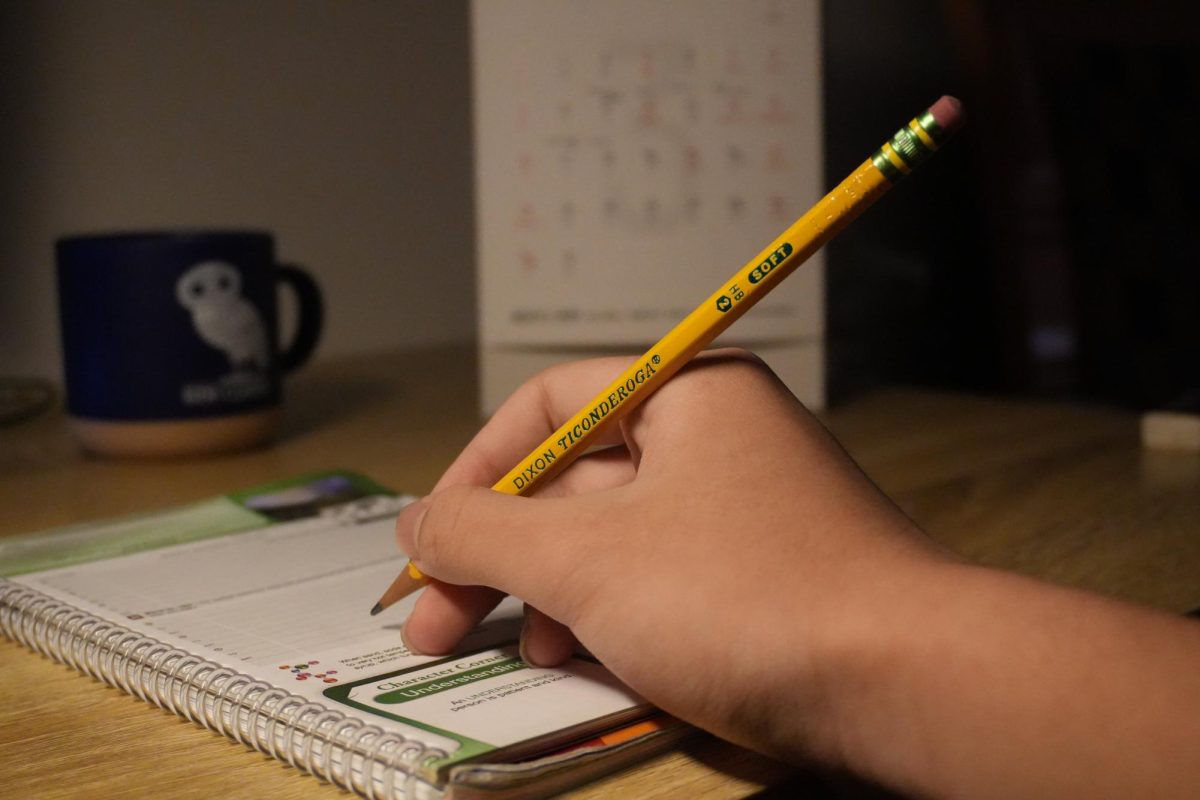
With technology growing at the fastest rates in recorded history, it is no wonder that various forms of technology have become almost entirely integrated into education. The new Distraction-Free Cell Phone law signed by Governor Kathy Hochul calls for a “distraction free” environment in schools. “Our young people succeed when they’re learning and growing, not clicking and scrolling,” said Governor Hochuld. Considering the toll that technology has on students’ mental health, focus, and their critical thinking, it is safe to say that the presence of a policy limiting students’ access to technology is the correct move.
While some argue that the educational benefits are worth it, it has been found that increased access to technological devices correlates with an increase in mental health issues, especially amongst teenagers. Social psychologist Jonathan Haidt details the growing rates of anxiety and depression among students, especially with young women, caused by increased dependency on screens.
Will banning smartphones alone fix this problem? There are numerous forms of technology students use throughout the day: tablets, Chromebooks, desktop computers, and more.
With endless amounts of websites at students’ disposal while using devices, it is common for students to become distracted during class, smartphones or not. Even with school blocks on certain websites, there are still endless distractions made readily available to students because of their access to various devices.
Additionally, providing students with technology in the classroom may harm their critical thinking skills. Therefore, it is important that they learn how to think instead of what to think. The goal of providing students with access to incredible technology should be to empower them to think critically and develop their tools of analysis. However, students’ access to technology has often led to the hindering of their critical thinking skills and creativity.
One of the most common arguments for schools providing classroom technology is the access it can provide to students who are otherwise unable to use such devices. Students can familiarize themselves with tools that would aid their education rather than distract from or hinder it. For example, students who suffer from learning disabilities such as dyslexia can use online extensions such as Speechify, a text-to-speech software, to overcome reading issues. However, students who don’t have the same level of access as other students will suffer in their ability to use these technologies effectively. This could result in greater discrepancies rather than smaller ones.
To mitigate the negative effects of providing technology to students in school, limited reliance on technology for coursework should be encouraged. If students are not assigned tech-heavy assignments, they will be less likely to use devices during class. A decreased reliance on technology will also serve as a compromise to ensure that neither the presence or absence of technology will hinder students’ education.
Technology should not be completely eradicated from the school environment, but banning smartphones alone is not enough. Rather, there needs to be a more judicious approach to integrating technology in students’ lives that still accounts for their safety while also giving them the freedom to think.

